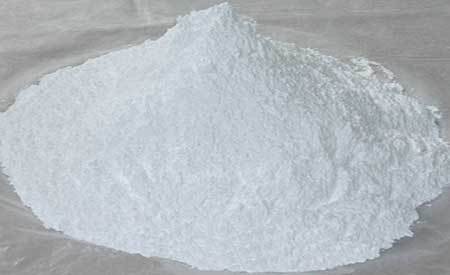Standards for powders used in pharmaceuticals are reported in the British Pharmacopoeia (B.P.), which states that “the degree of coarseness or fineness of a powder is differentiated and expressed by the size of the mesh of the sieve through which the powder is able to pass”. The B.P. specifies five grades of powder and the number of the sieve through which all the particles must pass (Table 3.1).
| Grade of powder | Sieve number through which all particles must pass |
| Coarse | 10 |
| Moderately coarse | 22 |
| Moderately fine | 44 |
| Fine | 85 |
| Very fine | 120 |
The B.P. specifies the use of the smaller size of sieve for the coarser powders but states that not more than 40 % shall pass through. The relevant grades of powder and sieve numbers are presented in Table 3.2. Thus, the coarse powder is that wherein all the particles pass through a No. 10 sieve and not more than 40 % through a No. 44 sieve. This is usually referred to as a 10/44 powder.
The B.P. states that when a powder is described by a number, all particles must pass through the specified sieve, and when a vegetable drug is being ground and sifted, none must be rejected. This classification is a must if the character of a vegetable drug is compared with a chemical substance.
| Grade of powder | Sieve number through which all particles must pass | Sieve number through which not more than 40 % of particles pass |
| Coarse | 10 | 44 |
| Moderately coarse | 22 | 60 |
| Moderately fine | 44 | 85 |
| Fine | 85 | Not specified |
| Very fine | 120 | Not specified |
The chemical materials are generally homogeneous. If a certain quantity of powder is required, an excess may be ground so as to get a sufficient amount of the desired size range by sieving, and the oversize particles may be discarded. As we know vegetable drugs consist of a variety of tissues of different degrees of hardness that softer tissues are ground first and oversize mass is obtained by sifting containing a higher proportion of the harder tissues. In many cases, constituents are not distributed uniformly through vegetable tissues. For example, digitalis contains glycosides concentrated in the mid-rib and veins of the plant. Hence, if tailings are discarded while grinding and sifting the drug, it is likely that a high proportion of the active constituents may be lost.
The British Pharmaceutical Codex has given a further grade of powder known as an ultra fine powder. For these powders, it is required that the maximum dimension of at least 90 % of the particles must be not greater than 5 µm and none must be greater than 50 µm. Determination of particle size for this grade is carried out by a microscopic method.
Make sure Check our Amazing post: What is size separation?
